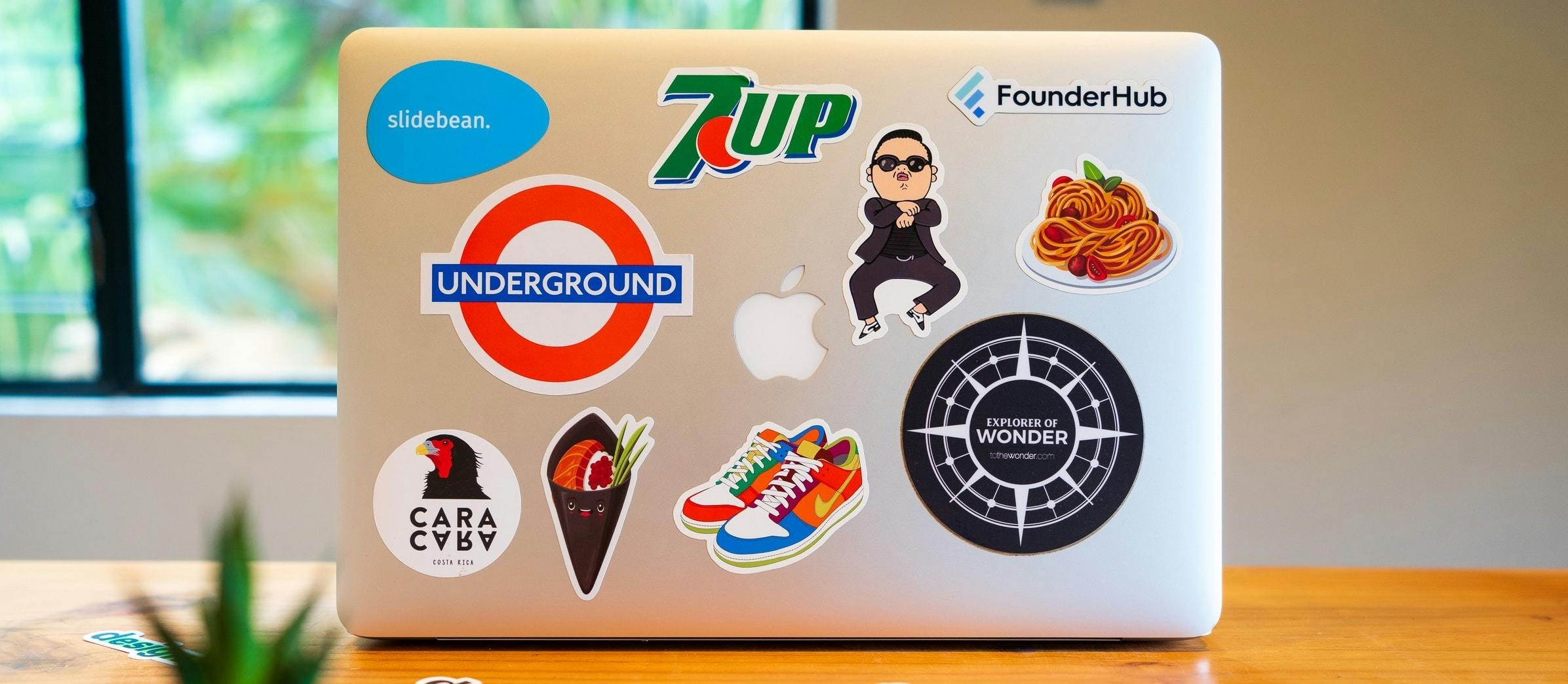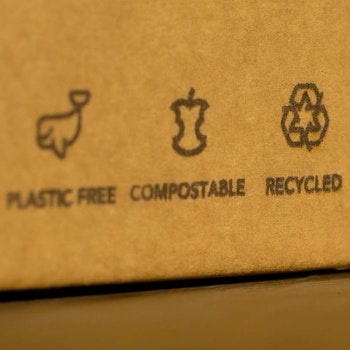
We are excited to announce the release of three new standard solutions: for testing packaging, messaging and branding using our suite of system 1 testing methods. We have named these after our online testing platform: Reactor, calling them Brand Reactor, Message Reactor and Pack Reactor.
What is the benefit of these new solutions?
Our years of experience designing studies to answer our clients research questions have led us to understand both the most commonly asked questions and the best test modalities to answer them. Our Insights Solutions represent these best-practice designs for addressing the most frequently asked questions. Part of this is our understanding of the power of a multi-modal approach. Through applying more than one measure to your creative materials there is an increased likelihood of finding their strengths and weaknesses.
Not only do these solutions allow you to benefit from our years of experience but they can also be faster for us to set up and run than a bespoke study design, so you get your answers sooner.
The standardisation of these study designs is also enabling us to offer a range of benchmarked scores so you can see how your creative materials are performing compared to our database.
Let’s take a look at each of the solutions.
Pack Reactor
We understand that your package only has seconds to sell. Our Pack Reactor solution ensures your packaging appeals to the eyes, heart, and mind and stands out from the competition.
When we are evaluating new packaging designs, one of the first things we investigate is how likely they are to catch someone's attention in a store or on a webpage (e.g. if the shopper is browsing). How quickly and successfully can consumers discover it if they are looking for it? Are the right aspects of the design likely to pique interest?
Do they automatically desire it? After customers notice it, is it easy to comprehend and understand? Does it elicit the appropriate sentiments, values, and advantages (again, intuitively, via color, forms, design structure, images, etc., as well as text-based messaging), and does it pique customer interest?
All of these effects are noticeable rapidly and without the consumers' knowledge. We also feel that it's difficult to get a genuine grasp on how new designs work only by asking existing customers.
When you buy a Pack Reactor study you get a comprehensive view of your packaging designs. You can submit 4 tests per study (if you need more, then you can simply run multiple studies). We recommend that when testing new designs you also use a current equivalent as a comparison. If you are using Pack Reactor only to evaluate your current designs, then we recommend adding one of your competitors’ designs for comparison.
Pack Reactor evaluates your designs across five dimensions:
(1) Pop-Out. This is a neuroscience-based algorithm that predicts which areas of your design are likely to grab shoppers attention quickly. Our visual systems have some universal rules - independent of age, gender or where you grew up - that help to guide your eyes during the first few seconds of looking at something. Through this test, we can evaluate each design’s likely ability to attract attention to the elements of the design that are most important.
(2) Findability: How accurately and quickly can shoppers find your pack designs when displayed in a competitive array? This test checks whether your packs have good Findability.
(3) Fast Choice: Our Fast Choice test measures the ability of your pack designs to quickly and intuitively trigger associations with five key attributes.
(4) Implicit: each of your designs is evaluated at the deeper implicit level for its ability to automatically trigger desire in consumers.
(5) Explicit like/dislikes: finally, we allow participants to directly tell you which designs they prefer most and least and why.
You can read an example case study of Brand Reactor here.
Message Reactor
Messages do more than just communicate the meaning of the words they contain — they evoke emotion and trigger non-conscious decisions.
Claims may appear to be the most logical, conscious sort of communication, but we believe that it is System 1 influences that determine their success.
A claim that feels intuitively correct and alluring might become lodged in a customer's memory and be incorporated into the brand or product's web of connections.
A claim that is insufficiently emotional may capture the client's conscious attention and elicit a mental refutation or argument, rather than producing the intended emotional response.
Message Reactor is suitable for most text-based creative materials, be they names, claims, or concepts expressed in writing. When you buy a Message Reactor study, Message Reactor evaluates your creative copy across four dimensions:
(1) Connection to brand/category: this exercise measures how quickly and intuitively consumers feel your message fits with your brand or your category. For example, if you are testing a name: does it feel like a name that your brand or category would be expected to use? Or if it’s a claim: does it feel like a claim that consumers feel is an intuitive fit to your brand or category?
(2) Fast Choice: here we measure the ability of your messages, names or claims to trigger intuitive associations with five key attributes.
(3) Implicit: where you have a short message, such as a name, we can also test its automatic intuitive appeal.
(4) Explicit: Most preferred and why, and least preferred and why.
You can read an example case study of Message Reactor here.
Brand Reactor
A brand’s identity and perception are intangible and exist in consumers’ minds as powerful networks of memory associations.
While the brand's name and logo are typically its primary symbols, every encounter or "touchpoint" with the company contributes to your brand’s memory network.
All it takes is an automatic form of learning called conditioning to connect feelings, emotions, locations, people, and any other sort of thing to a brand. Every time we see an ad for the brand that elicits a specific feeling in us, it becomes linked to the brand in our memory network.
Through repetition, the web of relationships eventually takes on a life of its own. We become familiar with the brand, feel at ease with it, and have expectations of it as we learn to understand its personality, just as we do when we become more familiar with a person. The brand becomes a real asset that impacts our relationship to the goods and services it represents as trust and familiarity grow.
Brand Reactor evaluates your brand across four dimensions:
(1) Brand name recognition: what is the automatic strength of brand recognition that your brand or sub-brand has among consumers, compared to that of your competitors?
(2) Distinctive assets attribution: does your brand have strongly recognisable visual assets? Are there shapes, colours, icons, characters or other elements that consumers quickly and accurately identify as signifying your brand? Or are they just as likely to misidentify them as belonging to one or more of your competitors?
(3) Implicit: measures the implicit desire that your brand is able to trigger automatically.
(4) Fast Choice (4 competitor brands x 5 attributes): we measure the ability of your brand and competitors to trigger intuitive associations with five key attributes.
You can read an example case study of Brand Reactor here.
Learn More
We believe our range of Insights Solutions are a great way to test and optimise your creative materials. They are suitable both for assessing the potential of new packs and messages or understanding how your current brand, pack or message is being perceived by consumers.
If you are interested in learning more about our Insights Solutions products or would like to purchase a study, please contact us.








